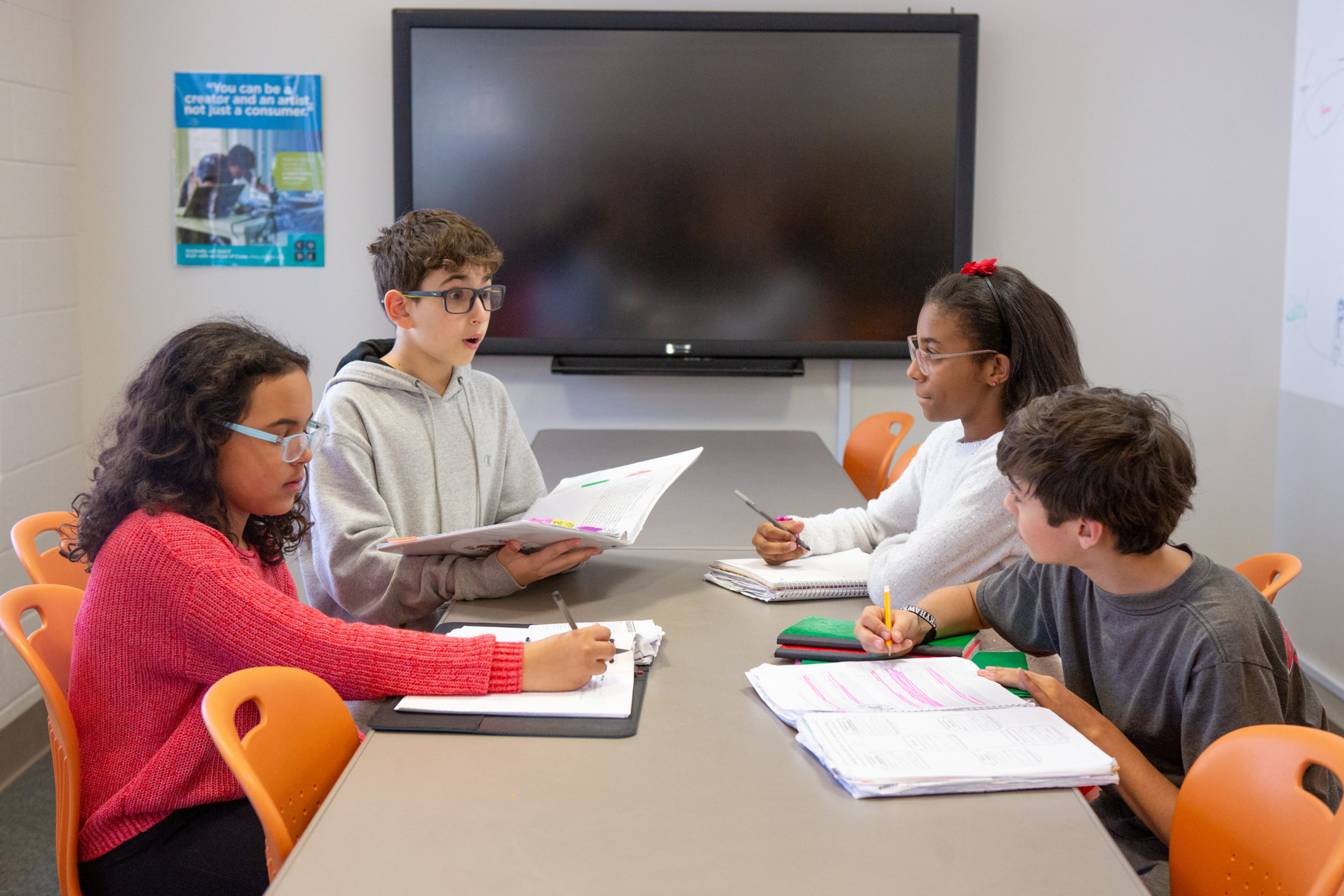
Digital learning technologies touch many different stakeholders. Developers create new technologies or platforms. Buyers (many times procurement officers in public entities that oversee education systems or schools) evaluate the merit of different platforms and select which ones should be made available to various schools. Researchers leverage data from digital learning platforms to better understand what is effective for learners.
While all of these stakeholders are critical in the ed tech landscape, the stakeholders benefiting from or using the technologies – students, families or educators – have the most at stake in the design, development and implementation of new tools and interventions. But they are often the most overlooked.
Student input is critical across all interventions, as they are the ultimate beneficiaries, even of tools directed towards families and educators. Families and educators are key, as they provide valuable insights into students’ learning process, and in many cases are needed to implement the tools with learners. Given this, it’s especially important to seek out these stakeholders’ perspectives. Input is critical at every stage of development of new innovations.
The Tools Competition encourages competitors to solicit and incorporate input from students, families and educators throughout the design, development and implementation of their new tool.
Competition organizers will evaluate proposals based on their commitment and plans to integrate perspectives and feedback from the stakeholders from who have the most to benefit: students (or learners), families, and educators.
How can you incorporate demand from learners, families and educators?
Everyone can begin to engage learners, families, and educators in the design of their tool. Start small, even if you are struggling to find stakeholders to engage or are unsure how best to tailor your outreach and engagement with these stakeholders to inform your strategy. Consider:
- Leveraging insights from publicly available studies of students, teachers, or families
- Talking to those in your network to uncover insights and make connections to users you can engage for feedback
- Organizing focus groups with small groups of users to understand demand and understand usability during your development and implementation process
You may encounter certain challenges as you aim to incorporate demand from learners, families, and educators. For instance, it can be hard to access diverse groups of students, educators and families to ensure a representative sample of feedback. Also, for tools that are supported especially by young students, it can be difficult to design questions to get meaningful feedback or even get permission to address them.
We are here to support your team in thinking through your approach to incorporating the perspective of those ultimately benefiting from your tool. Reach out to ToolsCompetition@the-learning-agency.com for support.
How will the Tools Competition evaluate if proposals respond to demand from learners, families, and educators?
The competition will assess the extent to which the tool addresses a clear need demonstrated by the stakeholders that will directly use the tool. It will also evaluate the likelihood that learners, families or educators will use data and insights generated by the tool to improve outcomes.
In other words, proposals should address the following questions:
- Is the problem this solution seeks to address of critical importance to students, families, or educators? Why? How do you know?
- How have you or how do you plan to solicit feedback from students, families and educators in the design and implementation of your tool?
- During the design, development, and implementation process how will you leverage the input from those meant to benefit from or use the tool? What decision points will that feedback inform?
Is my tool required to address and support learners, families and educators?
Explicitly, no. Many tools will be specifically designed to support only one of those groups. That said, the experiences and needs of students, families, and educators are closely related. As a result, it is helpful to engage and receive feedback from all three groups when designing, developing and implementing a new tool or intervention.
For example, 2021 winner M-Powering Teachers, which uses natural language processing to analyze how math teachers instruct and interact with students, is designed to provide educators with actionable feedback in order to improve their practice. Developers must pay particular attention to input from educators in order to tailor the content and representation of feedback so it is welcome and actionable; however, in order to provide meaningful feedback to educators, the tool should also incorporate research and student perspective on effective student-centered learning. This can empower teachers with the capacity to better differentiate for the unique needs of learners and encourage autonomy in how students direct their own learning paths.
2020 winner Springboard Collaborative designed a direct-to-family tool that allows caregivers to assess their child’s reading level. For this tool, caregivers are the direct user and their experience with the tool is most likely to drive overall impact. Yet, in order to maximize the value of this assessment, the tool should closely mirror the types of assessments educators will administer in school and the language educators will use to discuss student performance with families.



